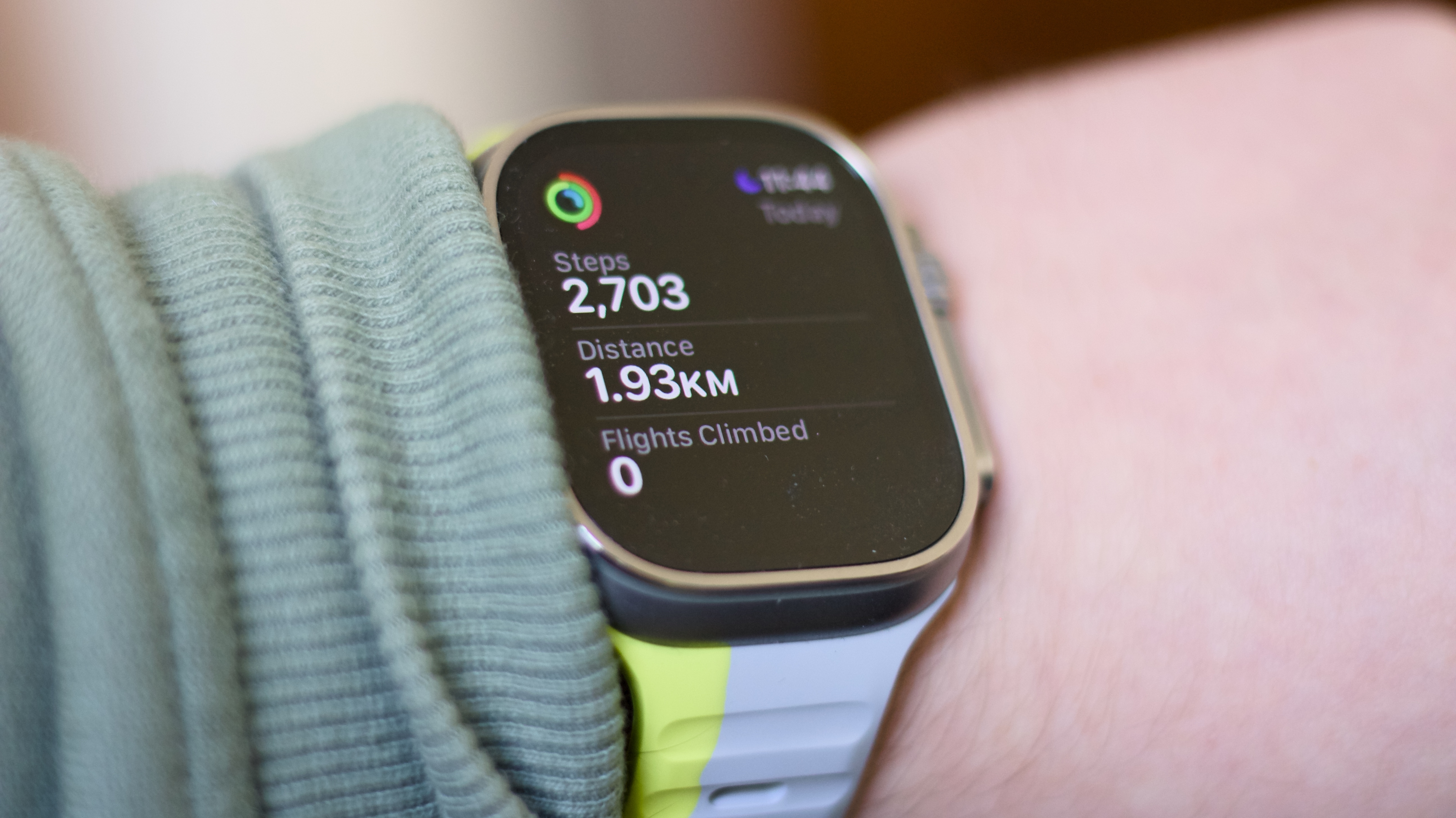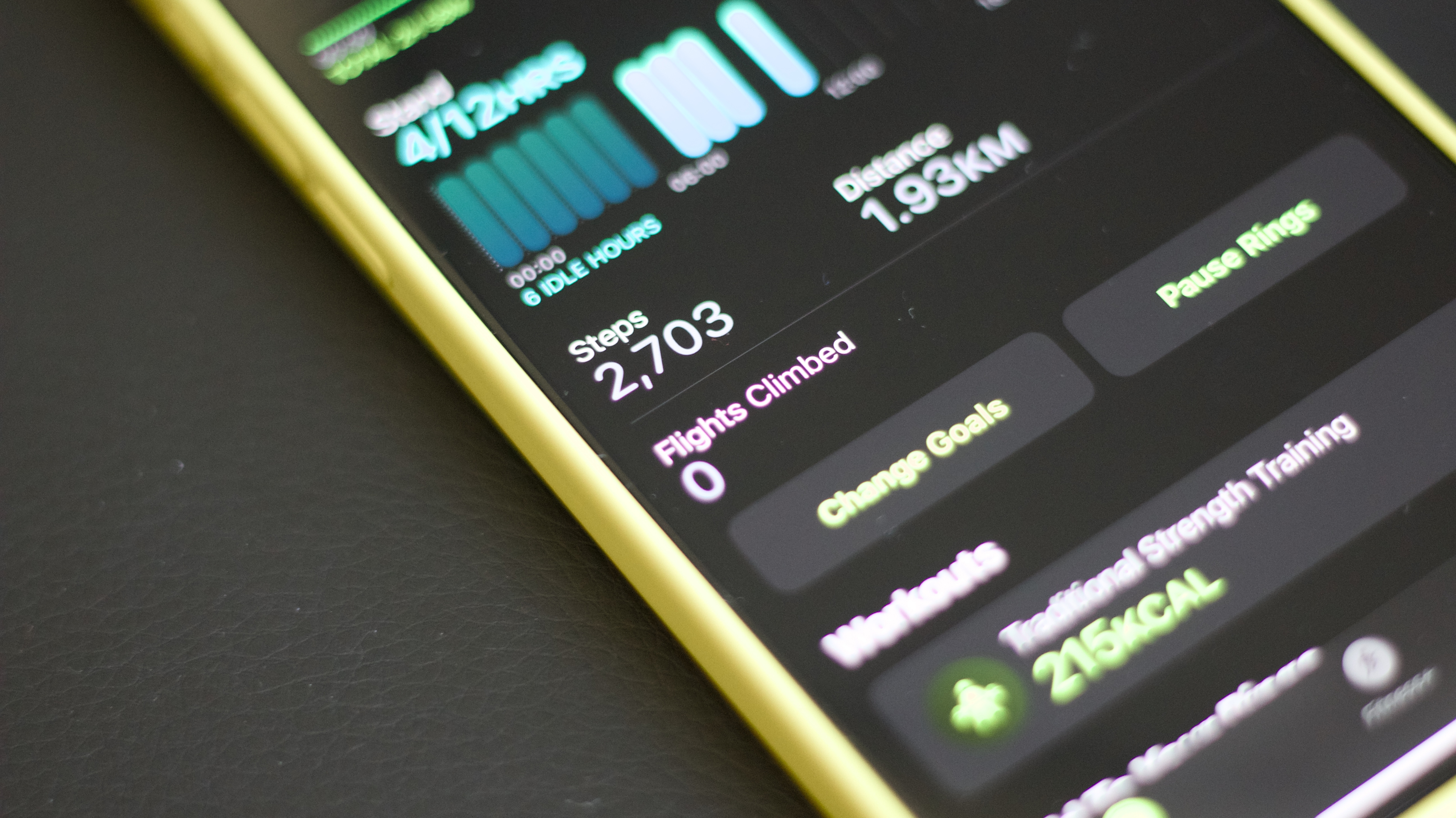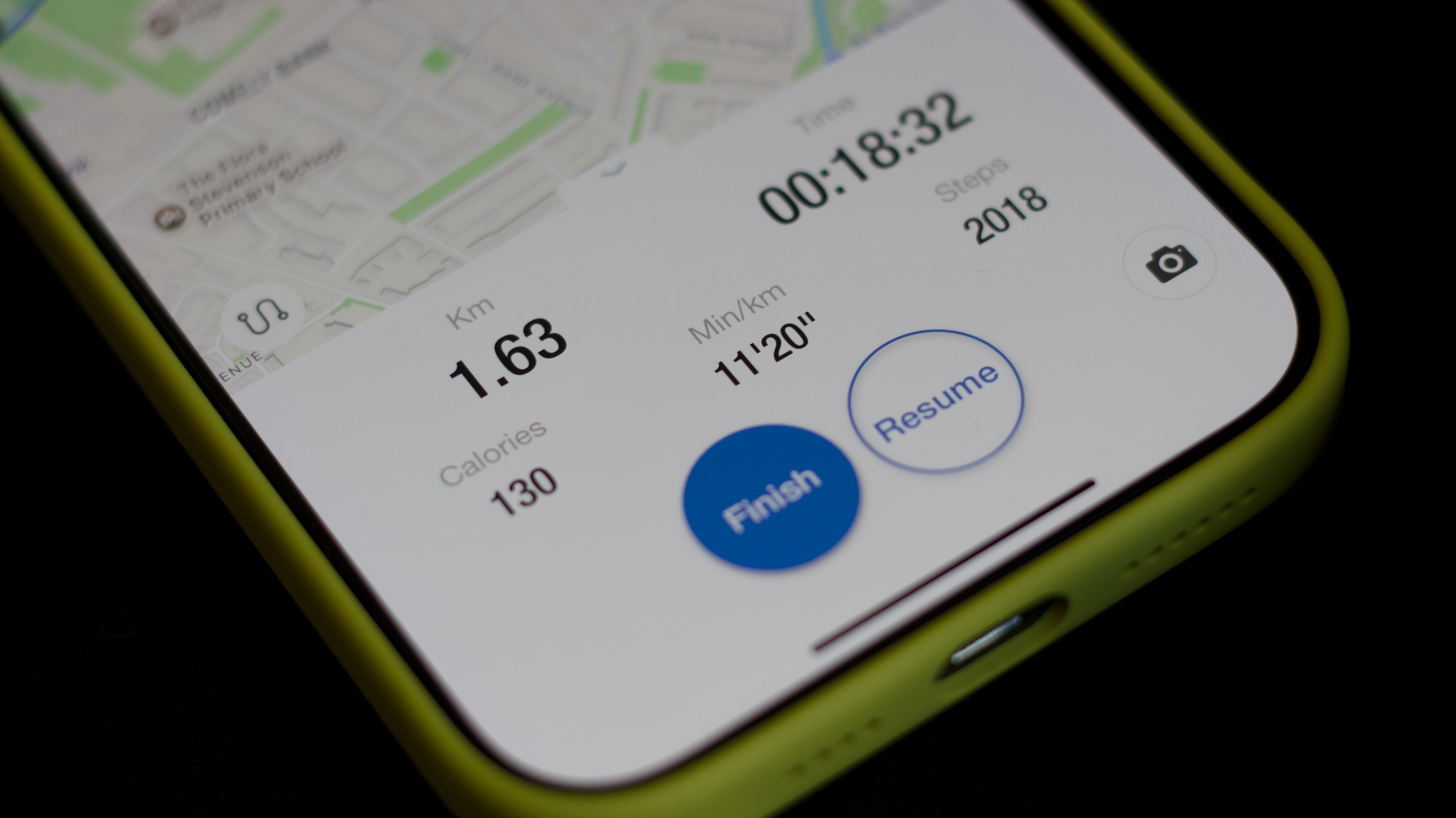How many miles is 10,000 steps? Everything you need to find the right distance with a phone or smartwatch
If you walk a mile in someone's shoes, how many steps have you taken?

What is the meaning of life? What happens when we die? How many miles is 10,000 steps? Some questions in life are simply not meant to be answered.
That’s not to say that there isn’t a quantifiable distance to walking 10,000 steps, it’s just to say that the answer is different for everyone. How far you need to walk to get 10,000 steps in a day will depend on your height, stride length, route, and even the shoes you wear.
The benefits of walking 10,000 steps are well-documented. It’s going to help with your fitness by improving heart health and expanding calories, according to research. But there are other benefits too, it can improve your mental well-being, help you focus (or switch off after a long day), reduce screen time, and more.
If you’ve tracked down this article, you probably don’t need to be convinced that trying to walk 10,000 steps a day is a good idea. You likely want to know how far you need to walk to achieve 10,000 steps.
While there are some rough accepted figures when it comes to walking 10,000 steps, it’s more important that you have the tools you need to figure out the answer for yourself, such as one of the best fitness trackers. So whether you want a quick distance in miles or kilometers, or you want to see how the experts figure it out for themselves, here’s everything you need to know.
How many miles is 10,000 steps?

On average, a mile usually takes just over 2,000 steps to walk, making 10,000 steps roughly equivalent to five miles. That’s the length of Central Park and back again, or three trips across the Golden Gate Bridge. This is based on an average step length of 2.1 to 2.5 feet. Obviously, if your step length is longer or shorter than that, your mileage may vary. Literally.
How many kilometers is 10,000 steps?
Based on the same calculations, 10,000 steps is roughly around eight kilometers. As with miles, that’s based on an average step length of 2.1 to 2.5 feet, with the same caveats.
Get daily insight, inspiration and deals in your inbox
Sign up for breaking news, reviews, opinion, top tech deals, and more.
How to calculate 10,000 steps in miles

As noted, there are a huge amount of variables when it comes to calculating how far you need to walk to do 10,000 steps. There will be differences between the male and female stride, height, terrain, route, and more. If you want to test how far you need to walk 10,000 steps, you’ll need a fairly flat outdoor space devoid of steep terrain and stairs. Then you’ve got to get out and walk.
Testing how many miles you’ll need to walk is pretty straightforward, and you don’t need a plethora of specialist gear either. However, you will need something to track your steps, either one of the best smartwatches or fitness trackers on the market. Failing that, many of the best smartphones come with step counters built in these days. If you’re really serious about getting an accurate measurement, you could even grab a cheap pedometer from Amazon, most of the ones I found were less than $30. If you’re just rocking a smartphone, I’d suggest downloading a pedometer app, either Step Counter on Android or Pacer on iPhone.
Next, you’ll need a trial route. For my test, I simply picked a spot on Google Maps outside my house and plotted a walking route of one mile. (You could always do a kilometer if you prefer those measurements, or if you don’t want to walk as far) Google lets you drag and drop the destination market to get the distance exactly right. You can also use Strava Route Builder, Garmin Connect, or even Apple Maps to establish where you’re heading for your test walk. The great advantage of these tools is that in the future, you can plot round-trip walks or runs to fit into a morning, lunch, or evening to up your step count. The trick is to calculate the route and distance before you set off, rather than before you go, to ensure a more accurate measurement. The other option is to use GPS on either your phone or your watch if you don’t mind doing a bit of navigation while you test.
All you have to do now is walk the one-mile/kilometer route you’ve picked, and see how many steps it takes. Want a top tip? Choose a mile, then you’ll also get to check your kilometer score on the way, you can compare the two for the most accurate measurement.
The key to getting a good measurement is to eliminate as many variables as possible, don’t walk too quickly or too slowly, try to go at a normal pace, and wear some comfortable, normal shoes (no slipping on your Nike Alphafly 3 trainers replete with carbon plate).
My test mile took me 2,018 steps, with a kilometer split of 1,266 steps. Next, you simply divide 10,000 by the number of steps your mile took, and you should get your answer. 10,000 steps divided by 2,018 steps equals 4.95 miles. The math is the same for kilometers, simply divide 10,000 by the number of steps you took to walk one, and you’ll get your answer. My kilometer measurement works out at 7.89km, matching my mile calculation.
So there you have it, plenty of quick information to get you out of the door with a quick estimate of how far 10,000 steps might be for you, plus all the information you need to calculate the true distance for yourself.
You may also like

Stephen Warwick is TechRadar's Fitness & Wearables writer with nearly a decade of experience covering technology, including five years as the News Editor of iMore. He's a keen fitness enthusiast and is never far from the local gym, Apple Watch at the ready, to record his latest workout. Stephen has experience writing about every facet of technology including products, services, hardware, and software. He's covered breaking news and developing stories regarding supply chains, patents and litigation, competition, politics and lobbying, the environment, and more. He's conducted interviews with industry experts in a range of fields including finance, litigation, security, and more. Outside of work, he's a massive tech and history buff with a passion for Rome Total War, reading, and music.